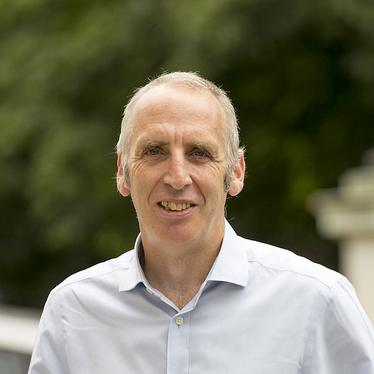Collection Design Project Scotland Trip
We spent a very productive three days with our Scottish colleagues recently - four statutory customers and two large providers.
Our mission was:
- To understand more about current changes to Higher Education in Scotland
- To find out how the sector is responding
- Understand how best to position the new design for data collection to support that change
We were very grateful for the openness and enthusiasm spanning the visit. Everyone we met with can see that this is the right time to implement the redesign of the data landscape within Higher Education.
People matter, at the start, middle and end of the process
The Scottish HE sector is very collegiate – both between providers themselves and their relationships with the funders and regulators. It is possible – for example – to get all the providers and the Funding Council around a table. This approach promotes the sharing of best practice and face-to-face resolution of issues which can prove more difficult in geographies with over a hundred providers.
Within this region of the sector there is a frustration over the currently fragmented process of collecting, analysing and disseminating data, and a willingness to engage with a model that aims to reduce the burden of collection.
It was recognised that Data Futures will be a challenging period of transition, but that this will result in a more timely and useful operational/management information channel for both the demand- and supply-side.
The key findings of the trip are summarised below:
- The 'best' parts of the current process are the quality of HESA’s Liaison team, the quality framework derivable from the HESA schema and quality rules and the high level of trust in the student dataset.
- The 'worst' parts were the lack of timeliness, the lack of transparency around what data is used for, and the proliferation of other collections that are driven by the need for many bodies to collect similar student/course data in-year.
- The value of having the data 'closer to the point of capture' is well understood by both demand- and supply-side.
- Both sides have concerns about quality and revisions.
In a complex project, it is very easy to get bogged down in the technical detail and focus on internal goals and milestones. This trip reminded us is that it is people who matter, at the start, middle and end of this process, and that success also relies on the process working for the people using it.
We look forward to meeting more stakeholders as we progress to version 2 of the design, which will be published in early December.

Alex Leigh
